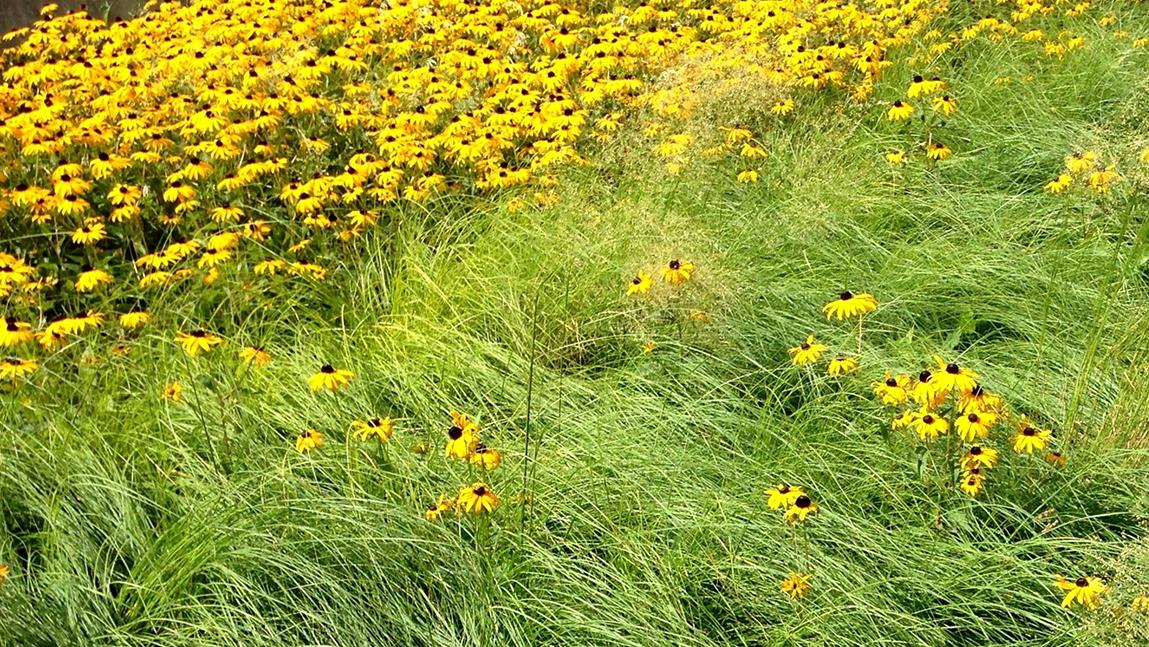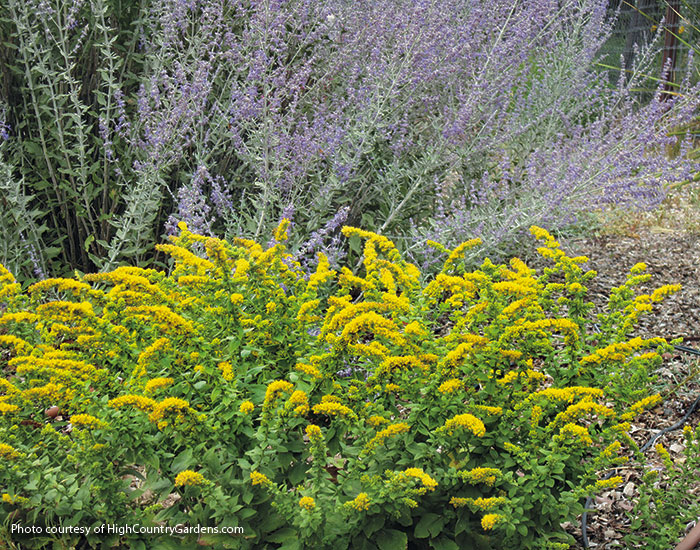Prairie Dropseed: The Perfect Companion Plant For Your Garden
Prairie Dropseed: The Perfect Companion Plant for Your Garden
Prairie dropseed is a beautiful and versatile grass that can add a touch of elegance to any garden. It is native to North America and is found in a variety of habitats, from prairies to meadows to roadsides. Prairie dropseed is easy to grow and care for, and it is a great choice for both sunny and shady areas.
One of the things that makes prairie dropseed such a popular garden plant is its airy, feathery texture. The leaves are long and slender, and they sway in the slightest breeze. This gives prairie dropseed a light and airy appearance that is perfect for adding movement and interest to a garden.
In addition to its beautiful texture, prairie dropseed also has attractive flowers. The flowers are small and white, and they bloom in the late summer or early fall. The flowers are held on long, slender stalks, and they give prairie dropseed a delicate, wispy appearance.
Prairie dropseed is a great choice for companion planting. It can be planted with a variety of other plants, including wildflowers, shrubs, and trees. Prairie dropseed is especially well-suited for planting with other native plants.
Some good companion plants for prairie dropseed include:
- Purple coneflower
- Black-eyed Susan
- Liatris
- Butterfly weed
- Rudbeckia
- Echinacea
- Aster
- Goldenrod
- Sedum
Prairie dropseed is a low-maintenance plant that is easy to care for. It is drought-tolerant and does not require a lot of fertilizer. Prairie dropseed should be planted in full sun or partial shade. It is hardy in USDA zones 4-9.
If you are looking for a beautiful and easy-care grass to add to your garden, prairie dropseed is a great choice. It is a versatile plant that can be used in a variety of ways, and it is a great companion to other plants.
[MAIN CONTENT]
Here are some additional details about prairie dropseed:
- Height: Prairie dropseed typically grows to be 2-3 feet tall.
- Spread: Prairie dropseed spreads slowly by rhizomes.
- Bloom time: Prairie dropseed blooms in the late summer or early fall.
- Flower color: The flowers of prairie dropseed are small and white.
- Light requirements: Prairie dropseed prefers full sun or partial shade.
- Soil requirements: Prairie dropseed grows best in well-drained soil.
- Drought tolerance: Prairie dropseed is drought-tolerant.
- Pests and diseases: Prairie dropseed is relatively pest- and disease-free.
Here are some tips for planting and caring for prairie dropseed:
- Plant prairie dropseed in the spring or fall.
- Choose a location that receives full sun or partial shade.
- Prepare the soil by tilling it to a depth of 6-8 inches.
- Add compost or other organic matter to the soil.
- Plant prairie dropseed at a depth of 1-2 inches.
- Water the plants well after planting.
- Water prairie dropseed regularly during the first year.
- Mulch around the plants to help retain moisture.
- Divide prairie dropseed every 3-4 years to keep it healthy.
Conclusion
Prairie dropseed is a beautiful and versatile grass that is easy to grow and care for. It is a great choice for adding movement and interest to a garden, and it is a great companion to other plants. If you are looking for a low-maintenance grass to add to your garden, prairie dropseed is a great option.
FAQ of prairie dropseed companion plants
Question 1: What are some good companion plants for prairie dropseed?
Answer: Prairie dropseed is a versatile grass that can be paired with a variety of other plants. Some good companion plants include:
- Black-eyed Susans (Rudbeckia hirta)
- Coneflowers (Echinacea spp.)
- Purple coneflower (Echinacea purpurea)
- Bergamot (Monarda didyma)
- Bee balm (Monarda fistulosa)
- Butterfly weed (Asclepias tuberosa)
- Coreopsis (Coreopsis spp.)
- Yarrow (Achillea millefolium)
- Echinacea (Echinacea spp.)
These plants all have similar growing requirements and will help to create a visually appealing and pollinator-friendly garden.
Question 2: What are the benefits of companion planting with prairie dropseed?
Answer: There are many benefits to companion planting with prairie dropseed. Some of these benefits include:
- Increased pollination: Prairie dropseed is a nectar-rich plant that attracts pollinators, such as bees, butterflies, and hummingbirds. Companion planting with other pollinator-friendly plants can help to increase pollination in your garden.
- Improved soil health: Prairie dropseed helps to improve soil health by adding organic matter and nitrogen to the soil. This can benefit other plants in your garden and help to create a more sustainable ecosystem.
- Reduced pest and disease problems: Companion planting can help to reduce pest and disease problems in your garden. For example, prairie dropseed can help to repel pests such as aphids and spider mites.
- Increased diversity: Companion planting can help to increase the diversity of plants in your garden. This can make your garden more interesting and attractive, and it can also help to attract a wider variety of wildlife.
Question 3: What are some tips for planting prairie dropseed with companion plants?
Answer: Here are some tips for planting prairie dropseed with companion plants:
- Choose plants with similar growing requirements. Prairie dropseed is a warm-season grass that prefers full sun and well-drained soil. Choose companion plants that have similar requirements so that they will all thrive in your garden.
- Plant companion plants that will bloom at different times. This will help to extend the bloom time of your garden and provide interest throughout the season.
- Plant companion plants that have different heights. This will create a more visually appealing garden and provide different levels of interest for pollinators.
- Space plants appropriately. Prairie dropseed can grow up to 3 feet tall, so be sure to space plants accordingly. This will help to prevent them from crowding each other out.
Question 4: What are some common mistakes to avoid when planting prairie dropseed with companion plants?
Answer: Here are some common mistakes to avoid when planting prairie dropseed with companion plants:
- Planting plants with incompatible requirements. This can lead to problems such as poor growth, disease, or even death.
- Planting plants that will compete for resources. This can lead to poor growth for both plants.
- Planting plants that will shade each other out. This can prevent both plants from getting the sunlight they need.
- Not spacing plants appropriately. This can lead to overcrowding and poor growth.
Question 5: Where can I find more information about prairie dropseed companion plants?
Answer: There are many resources available to learn more about prairie dropseed companion plants. Here are a few suggestions:
- The Prairie Nursery website has a comprehensive guide to prairie dropseed and its companion plants.
- The University of Minnesota Extension has a fact sheet on prairie dropseed that includes information on companion planting.
- The Xerces Society has a website dedicated to pollinator conservation. The website includes a list of prairie dropseed companion plants that are attractive to pollinators.
Image of prairie dropseed companion plants
5 different images of prairie dropseed companion plants from Pinterest:
Image 1: Prairie dropseed and little bluestem

Image 2: Prairie dropseed and black-eyed Susan

Image 3: Prairie dropseed and coneflower

Image 4: Prairie dropseed and yarrow

Image 5: Prairie dropseed and goldenrod

Post a Comment for "Prairie Dropseed: The Perfect Companion Plant For Your Garden"